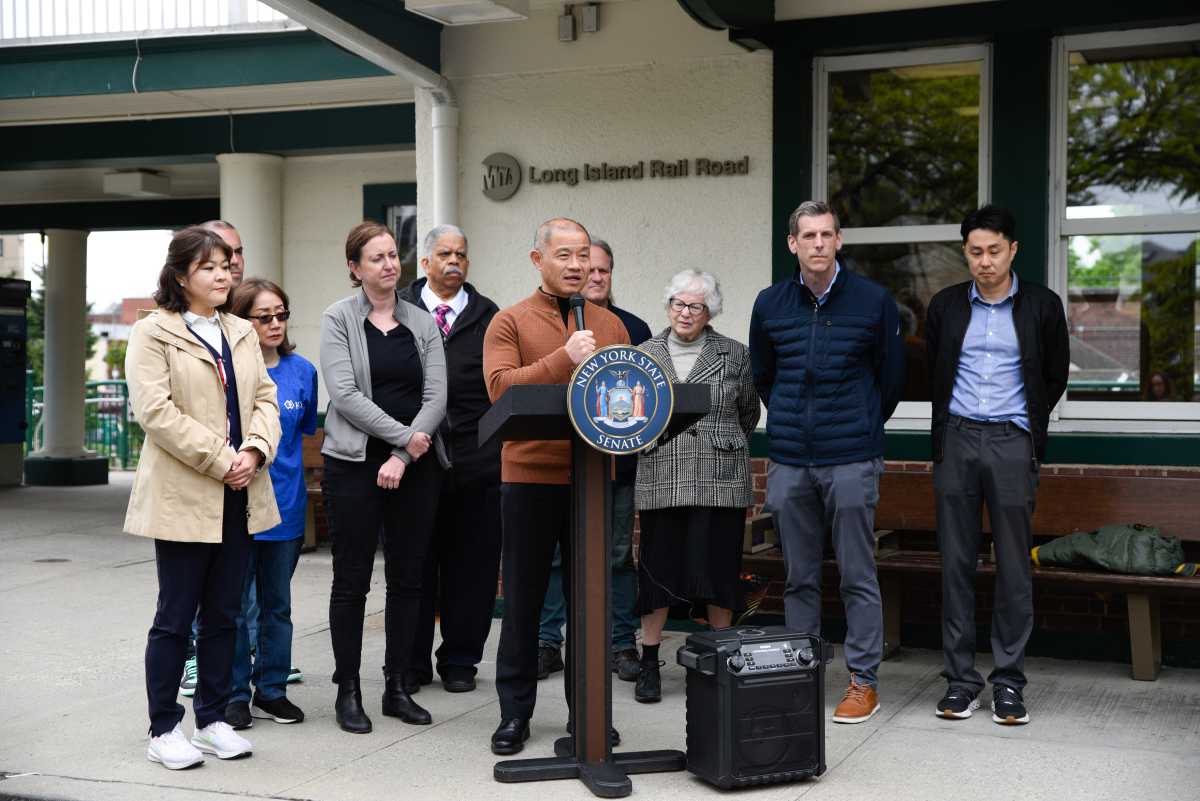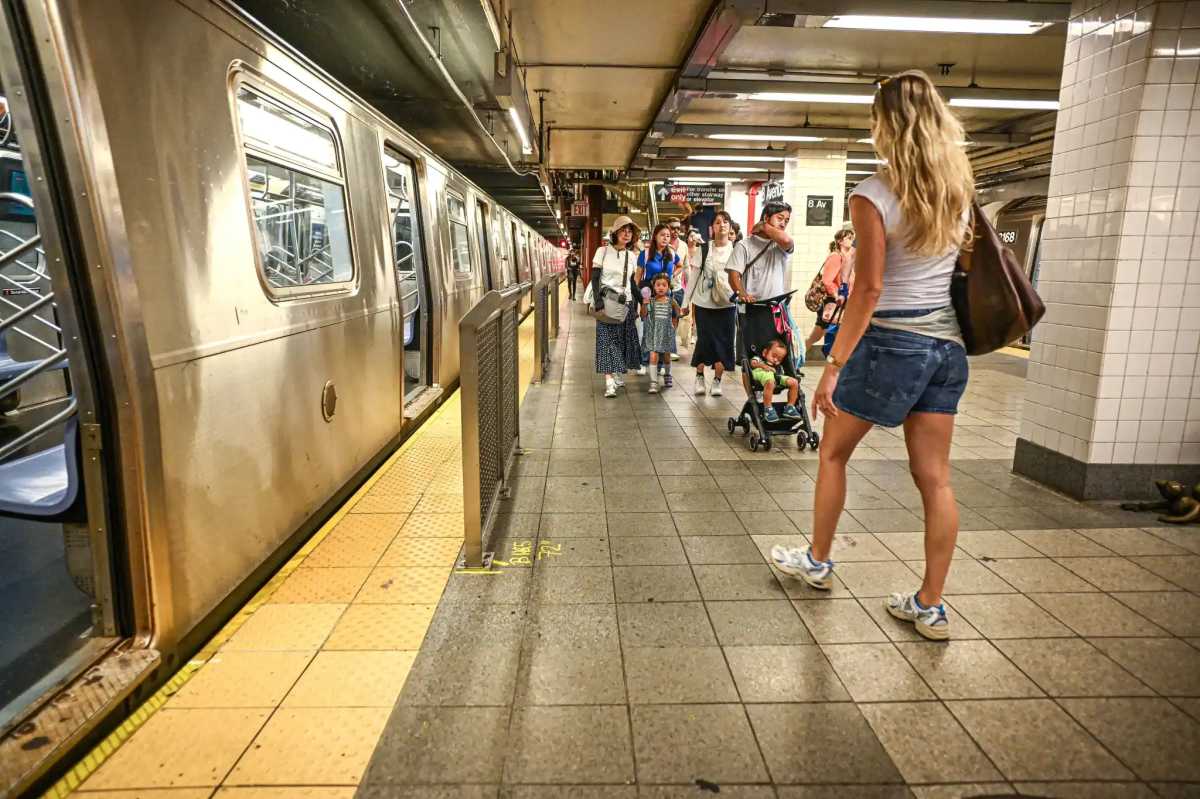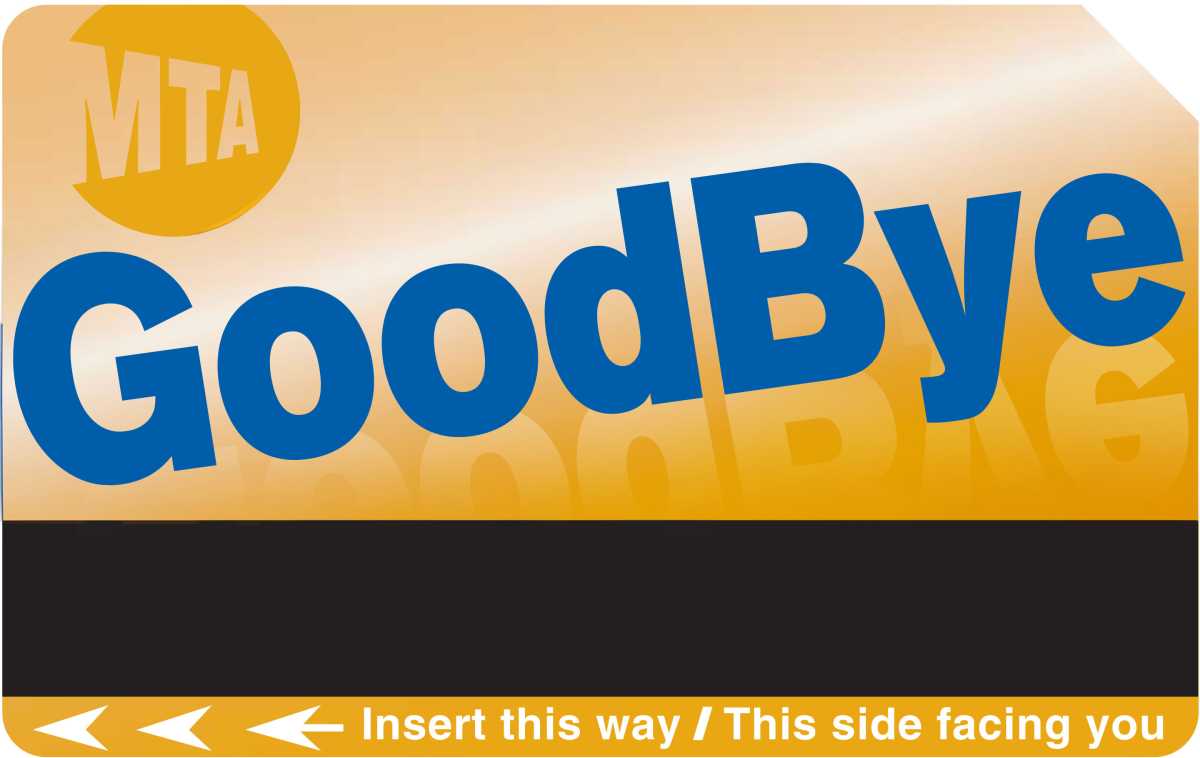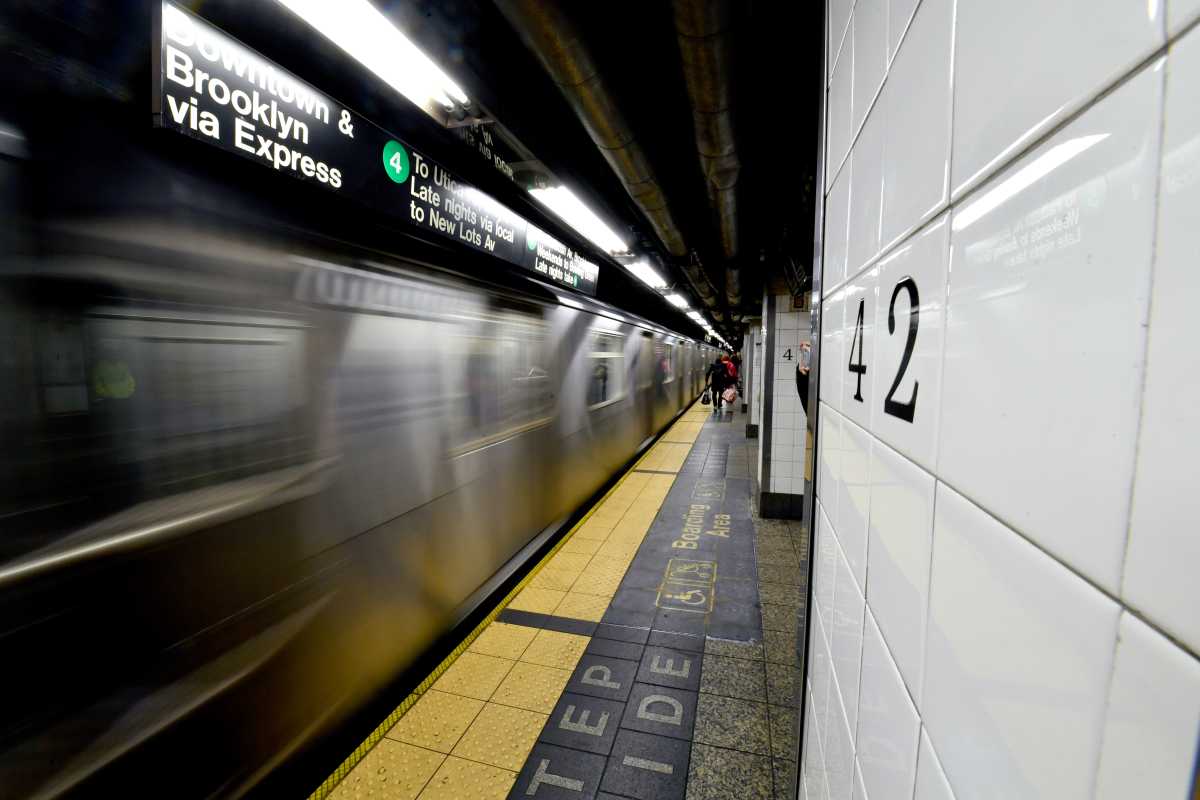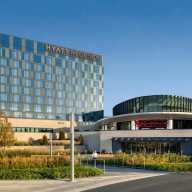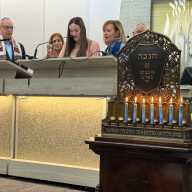City residents traveling between the five boroughs will soon be able to receive a 10% discount on monthly railroad passes under a temporary fare pilot program.
Northeast Queens elected officials and community leaders gathered outside the Bayside LIRR station on Friday morning to celebrate the new initiative, which was incorporated in the passage of the state budget last month.
“Many people rely on the Long Island Railroad, and we want them to rely on it even more with this discount,” said State Senator John C. Liu outside the station. “Getting people to get into mass transit and out of their individual cars saves us traffic, saves us on pollution and it’s great for the economy.”
The officials noted that since residents of communities such as Bayside, Douglaston and Little Neck do not have access to the MTA subway system, they heavily rely on the LIRR to access other parts of the city. Since the nearest subway is the 7 train in Downtown Flushing, the Bayside LIRR station is frequently utilized to commute for work or recreation.
“The new 10% discount is really about not just reducing fares, but championing equitable mass transit for all across the city and prioritizing those who always get left behind,” said Assemblywoman Nily Rozic, who pointed out that her Fresh Meadows district does not have a single train station.
The win will mostly benefit daily commuters who save money by purchasing the monthly pass instead of daily rides, which are not included in the discount. It will apply to travel on both the LIRR and MetroNorth within the five boroughs.
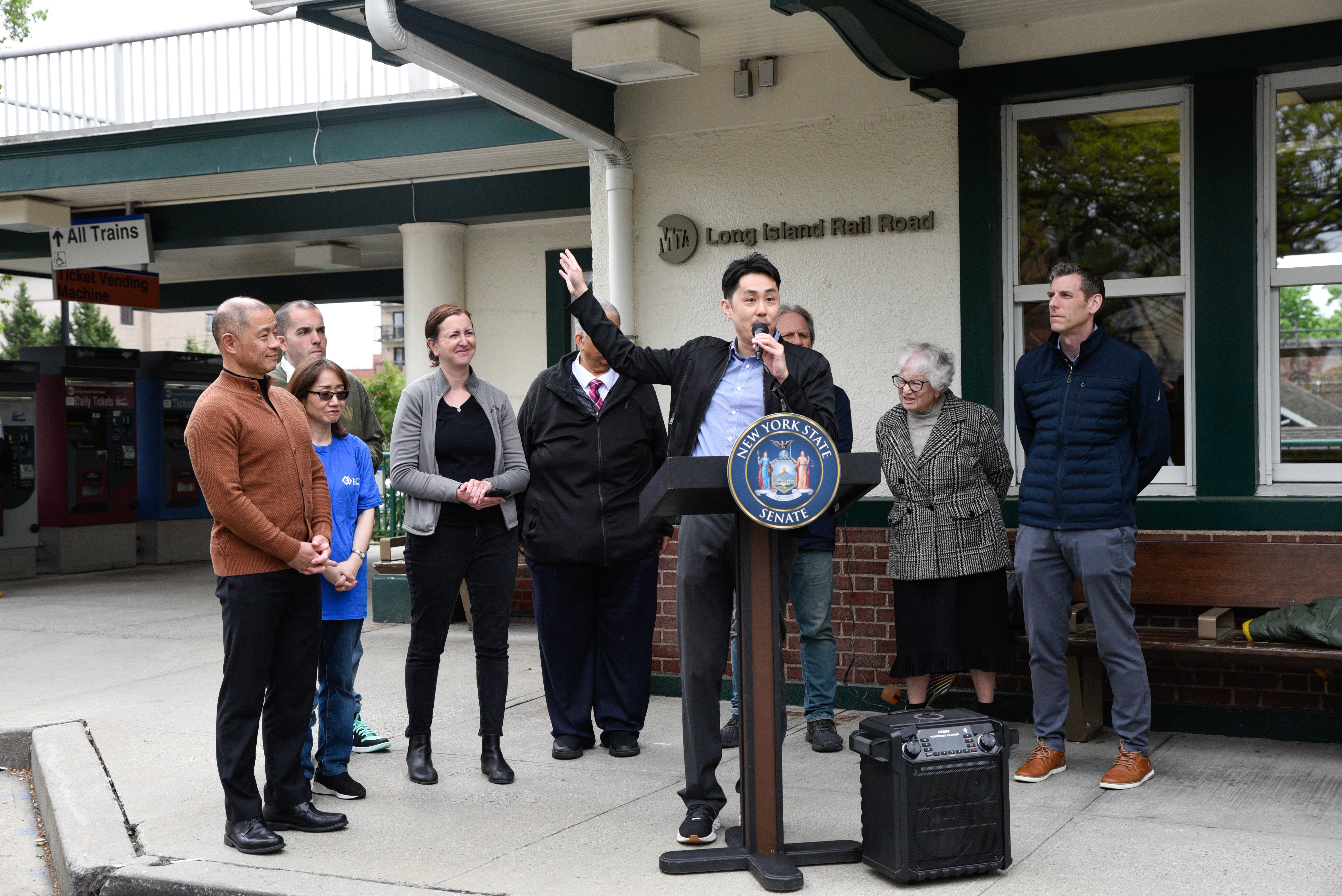
Under the new discount, commuters will save $22 a month, which State Senator Leroy Comrie equated to “a lunch or breakfast.” A monthly pass from Bayside to Penn Station or Grand Central is currently $220.
In 2018, Senator Comrie and Assemblyman Edward Braunstein led the creation of the Outer Boroughs Transportation Account (OBTA) to allocate funding for public transit improvements outside of Manhattan. The account will fund the new discount, which the MTA estimates will total $4 million per year.
The discount will launch on July 1, the day after congestion pricing goes into effect, setting tolls for vehicles entering Manhattan below 60th Street during peak hours. The discount will last for at least 12 months and may continue until the next permanent fare change if funding from the OBTA continues.
Representatives from two local Bayside organizations – Korean Community Services and Bayside Village Business Improvement District – joined the elected officials to celebrate the initiative.
They noted that with their headquarters being located just minutes from the Bayside LIRR station, the win is especially important to their members.
“As an organization that’s deeply rooted in this community, we are very excited and we are very grateful,” said John Shin, Director of Administration at KCS.
Paul DiBenedetto, the Chairperson of Community Board 11, which encompasses Bayside and surrounding areas, also pointed out that amid the plan to overhaul the Queens bus network with a redesign, the area is set to lose the QM3 express bus under the new proposal. The MTA said they plan to discontinue the QM3, which runs from Little Neck to Midtown, because it has the lowest ridership in the system.
“This could not come at a better time, with the loss of an express bus that normally would take people in this part of Queens to the city,” said DiBenedetto.
The officials also lauded past transportation wins for outer borough commuters, such as making the reduced-priced CityTicket for rail travel within the city available daily instead of just on weekends.
“We’ve long fought to make the long haul railroad more affordable and to push for more frequent and reliable service,” added Assemblyman Braunstein. “We’ve had some big victories, but the fight is not over. And collectively, we’re going to continue to push to make sure that northeast Queens residents get the transit service they deserve.”

